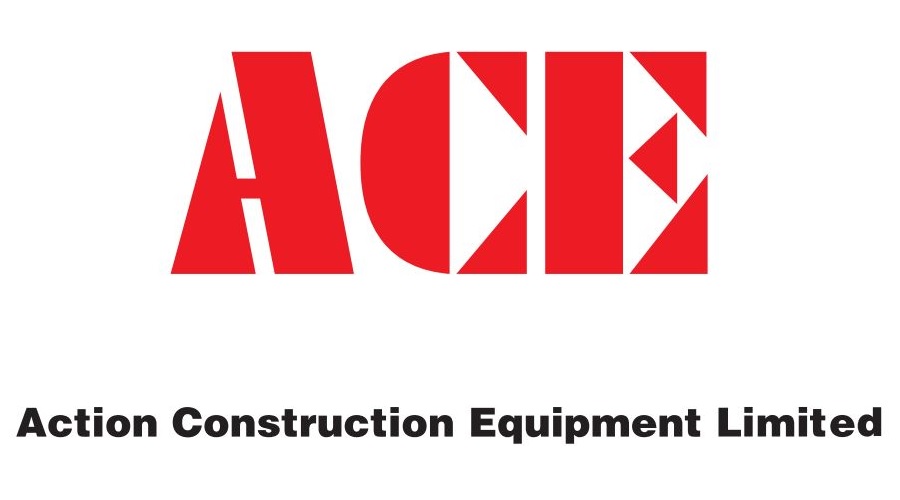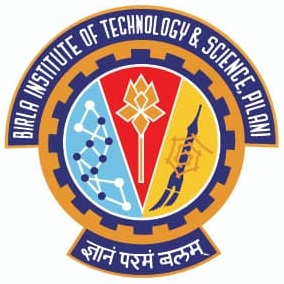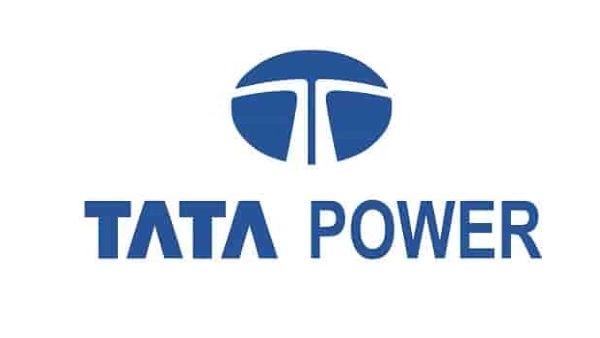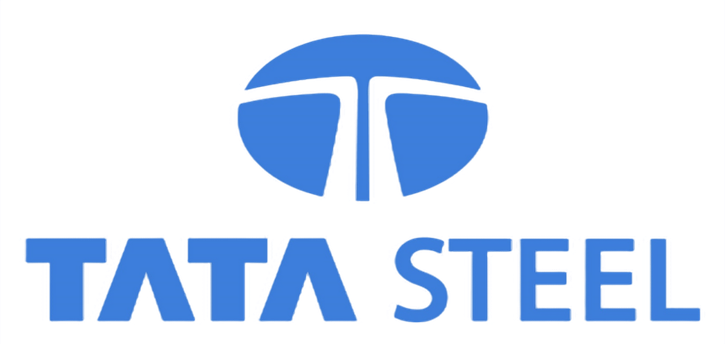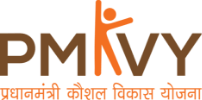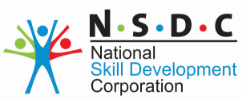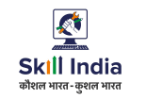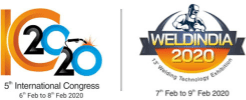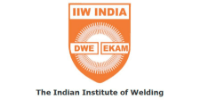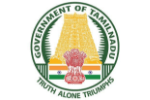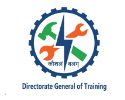Immersive AR/VR Aviation Training & Maintenance
Gear up the future using our Virtual Reality in Aviation Training Solutions to scale new heights in Aviation & Aerospace Industry


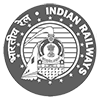

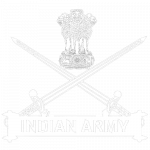

Skill Development and Digitization
With our VR AR training and simulations, you can ensure a highly specialized and result-oriented production process. Work with us to create better standards in your workforce, and take your employee efficiency to the next level.
Futuristic AR, VR, MR Simulations
Use our tools to develop cutting-edge skill development and transform your training processes. We offer effortless and immersive learning experiences for all your production needs.

Industry 4.0 Technology & Solutions
Simbott’s Skill Development integrated with Industry To give you a comprehensive view of all your training programs, tests, and evaluations. Improve workforce performance to reach the Industry 4.0 Standards
We provide complete AR, MR & VR Aviation Training Solutions
Take your work to the next level by partnering with Simbott to achieve top-quality virtual reality in aviation training. We offer a wide range of AR, VR, MR simulations and Industry 4.0 to transform your work into a seamless and flawless endeavour. Eliminate human error and defects by setting new standards of quality and training using our tools. Enhance the skill levels of all your workers, from engineers to technicians – we bring you the best platforms to Empower your Workforce to set new standards of excellence in the industry.
Manufacturing and Design
- After a rough idea of the product design is developed,you can create a CAD model. With our technology, create the CAD model in a virtual space and experience the product in VR rather than just see it on a screen.
- Simulate all the calculations with regard to the propulsion technology being used, the airflow, stress analysis, conduct Finite Element Analysis and integrate all these into your final product design.
- Understand how airflow takes place over different types of surfaces. Visualize this in VR. Also understand how turbulent air flow affects the behavior of the aircraft.
- Understand how turbulence can be managed. See how different parts like the fuselage, wings, tail, nose, turbines, power unit packaging are geared to reduce the drag coefficient and increase streamlined air flow.
- Enable visualization and interaction with aircraft CAD geometry by providing an environment identical to the physical mockup of the aircraft using the concept of an Immersive Digital Twin.
- Use Simbott’s VR tech to verify the design process and make it more efficient, and make your manufacturing process far more productive.
Remote Maintenance of Aircraft
- Create an Immersive Digital Twin of the aircraft and its components. Superimpose this virtually on the actual aircraft and provide details about the components.
- Easily identify any problem and the required maintenance to fix it. Customize our tech to best suit your training and skill development needs for an impeccable immersive experience.
- The Immersive Digital Twin provides real time updates on the status of all the machinery and components on board. This is read and continually analysed by flight engineers.
- In case of any emergency or problem detected by the engineers, receive immediate assistance and feedback.
- Troubleshoot your system with our VR solutions – track the entire procedure and components of your aircraft. Detect an error whenever and wherever it occurs, immediately.
- Resolve the issues quickly and effectively without having to delay the flight and thereby avoid staying grounded.
Learning and Training
- Provide basic to professional level knowledge of aerospace and aviation engineering to the studetnts, and ensure that the people who work on your project can visualize the end product.
- Make sure your employees understand basic concepts of propulsion technology, turbines, aerodynamics and computational fluid dynamics.
- With Simbott VR technology, create an environment that is very detailed – a replica of the environment that the operators will work in. Operators can gauge the environment that they shall be working in by interacting with the system
- Revel in the benefit of saving capital as it is much more cost-efficient to conduct all training without actually having to put your aircraft in the air.
- With VR tech from Simbott, enable visualization to assist in the learning of concepts like airflow, CFD analysis, propulsion technology, turbine blade design and efficiency, etc. Understand how aerofoil shapes are developed and how they behave at varying speeds and in varying conditions (normal and turbulent)
- Keep conducting research on how to improve efficiency by decreasing drag coefficient. Make aerodynamic advancements, improve cooling by directing airflow efficiently over the engines, make the surface shape more streamlined.
Emergency Handling Training
- Facilitate training of in-flight personnel in multiple situations to assist the passengers by creating an Immersive Digital twin to replicate the flight environment.
- Superimpose the structure of the cabin virtually to train operators in opening the doors, learn how to exit the cabin through multiple exits to facilitate evacuation. Train personnel in the use of emergency water basins, deploying of the slide towers in case of fire with specially developed modules by firefighters.
- Prepare your operators for all possible scenarios by recreating them virtually using an Immersive Digital Twin.
- Study the eventualities of each scenario and train for them until the set goal is accomplished.
Trust Simbott
At Simbott, we believe in the power of connection and harmony. An organisation that works well together, stays ahead.
Unstoppable RnD efforts
At Simbott, we never stop working at better solutions to constantly improve and upgrade your organization. Get access to all the data and information that you need to bridge the gap between your idea and the marketplace. Finetune your expertise to better your engineering, design, and performance processes.

5G - The Accelerator-In-Chief
Transform your training by giving wireless access and connectivity to all your workers using 5G, AR, Digital Twin Simulations, and much more. Step into the next era of skill development with high-tech solutions configured with remote control, all at your fingertips.

Envision The Future of Training
Infuse your training simulations with the Simbott promise of accuracy and efficiency. Let’s take the big leap towards hosting training for all parts of your workforce virtually, to create immersive and experiential learning programmes

Sharp Analytics Tools
Dive into data-driven understandings of the skill levels of your workers. Engage with data and information in an interactive manner to better your grasp on all parts of the manufacturing process.

Round-the-clock Service
With Simbott, you have access to 24/7 customer care for any and all of your problems. Talk to us to make your workflows smooth and accessible.

Let’s create tomorrow
We don’t want to create products that fit neatly into the status quo - we want to create tomorrow. Bold, innovative, and accessible is our goal for the future of the trades’ industry.
Gear up for the Industry 4.0 Skill Digitization and Development.
Invest in upgrading critical skills and talent with Immersive VR, AR, MR Training to build a smart organization. Click here for more Case Studies and Smart Solutions with Simbott
5 Benefits of using AR VR in aviation industry
- 1. Increased Engagement:
Virtual reality has been shown to increase engagement in aviation & aerospace training.
A study conducted by the University of Central Florida found that students who used virtual reality were more engaged and had a better understanding of the material than those who did not use virtual reality.
The study also found that students who used virtual reality had a higher retention rate, meaning that they were more likely to remember the material when they took their exams.
- 2. Enhanced Learning:
Virtual reality has also been shown to enhance learning in aviation training.
A study published in the journal Frontiers in Psychology found that students who used virtual reality had a better understanding of the material than those who did not use virtual reality.
The study also found that students who used virtual reality were more likely to remember the material when they took their exams.
- 3. Improved Safety:
Virtual reality can also help to improve safety in aviation training.
A study published in the journal Aviation, Space, and Environmental Medicine found that students who used virtual reality were less likely to make errors than those who did not use virtual reality.
The study also found that students who used virtual reality had a better understanding of the material and were more likely to remember the material when they took their exams.
- 4. Reduced Costs:
Using virtual reality in aviation training can also help to reduce costs. A study published in the International Journal of Aerospace Engineering found that using virtual reality can help to reduce fuel consumption and maintenance costs.
The study also found that using virtual reality can help to reduce flight time, which can lead to fewer delays and cancellations.
See All The Benefits: Virtual Reality In Aviation Training
- 5. Increased Accessibility:
Virtual reality can also help to increase accessibility in aviation training.
A study published in the International Journal of Aerospace Education found that using virtual reality can help to increase access to aviation training for people with disabilities.
The study also found that using virtual reality can help to increase access to aviation training for people from different geographical locations.
5 Benefits of using virtual reality aircraft maintenance training
- 1. Increased Engagement:
Virtual reality aircraft maintenance training can help to increase engagement among students.
When students are able to immerse themselves in a virtual environment, they are more likely to be engaged in the learning process.
Additionally, virtual reality can provide a more realistic experience for students, which can help to improve the retention of information.
- 2. Greater Flexibility:
Virtual reality aircraft maintenance training can also offer greater flexibility than traditional classroom-based instruction.
Students who receive virtual reality training can complete their training at their own pace and on their own schedule.
Additionally, virtual reality training can be accessed from anywhere in the world, which makes it an ideal option for students who live in remote areas or who have busy schedules.
- 3. Improved Safety:
Virtual reality aircraft maintenance training can also help to improve safety for both students and instructors.
By providing a realistic environment for training, virtual reality can help to reduce the risk of accidents during actual aircraft maintenance procedures.
Additionally, virtual reality can help instructors to identify potential hazards before they occur, which can further improve safety for all involved.
- 4. Cost Savings:
Virtual reality aircraft maintenance training can also offer cost savings when compared to traditional classroom-based instruction. Virtual reality equipment is typically less expensive than traditional instructional materials such as textbooks and laboratory equipment.
Additionally, virtual reality training can be delivered remotely, which eliminates the need for travel expenses.
- 5. Enhanced Collaboration:
Virtual reality aircraft maintenance training can also enhance collaboration among students and instructors. By providing a shared virtual environment, virtual reality can facilitate communication and collaboration among all involved in the training process.
Additionally, virtual reality can allow for real-time feedback and discussion between students and instructors, which can further improve the learning experience.
FAQs of virtual reality in aviation training
What is Virtual reality in aviation training?
Virtual reality (VR) is a computer-generated environment that lets users experience a different reality. In aviation training, VR can be used to provide pilots with lifelike experiences of flying in different conditions, such as bad weather or in combat zones.
VR can also be used to train air traffic controllers, cabin crew and other aviation personnel.
VR headsets are becoming increasingly popular in aviation training as they provide a more immersive experience than traditional flight simulators.
VR technology is continuing to evolve, and it is likely that aviation training will continue to make use of VR in the future.
What is augmented reality in aviation maintenance?
Augmented reality (AR) is a technology that superimposes digital information onto the real world.
In the context of aviation maintenance, AR can be used to provide technicians with information about an aircraft, such as its schematics or maintenance records.
This information can be displayed directly on the aircraft itself, making it easier for technicians to identify and repair problems. AR can also be used to simulate potential malfunctions, allowing technicians to test repair procedures before they are actually needed.
As a result, AR has the potential to improve the efficiency and safety of aviation maintenance operations.
What is virtual reality aircraft maintenance training?
Virtual reality aircraft maintenance training is a type of simulator that allows users to experience what it is like to work on an aircraft. The user wears a headset and is immersed in a virtual environment.
This environment can be anything from a realistic representation of an aircraft hangar to a more abstract space. In the virtual environment, the user can interact with objects and practice tasks such as troubleshooting engine problems or changing a tire.
Virtual reality aircraft maintenance training can be used to teach new employees how to perform basic tasks or to give experienced workers a refresher course.
The use of virtual reality allows for a safe and controlled environment in which to learn and practice, making it an ideal tool for teaching aviation maintenance.
How is virtual reality used in flight training?
In the past, flight training has been a costly and time-consuming endeavour. But with the advent of virtual reality, pilots can now train in a simulated environment that is virtually identical to the real thing.
By strapping on a VR headset, pilots can be transported to an immersive world where they can practice takeoffs, landings, and other manoeuvres.
And because VR is so realistic, it allows pilots to make mistakes and learn from them without any risk of injury or damage to property.
VR systems for flight training are becoming increasingly sophisticated, and they are being used by major airlines and militaries around the world.
As VR technology continues to develop, it is likely that even more uses will be found for it in the field of aviation.
What is augmented reality(AR) in aviation?
AR is a technology that superimposes computer-generated images in the real world, providing the user with enhanced information about their surroundings.
In aviation, AR has the potential to provide pilots with vital information about the aircraft, the environment, and other traffic.
For example, an AR headset could display the aircraft’s speed, heading, and altitude, as well as the location of other aircraft in the area. This would allow pilots to make split-second decisions and avoid potential collisions.
Additionally, AR could be used to provide pilots with real-time weather updates, helping them to avoid turbulence and other hazards.
As AR technology continues to develop, it is likely that it will play an increasingly important role in aviation.

